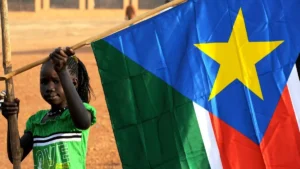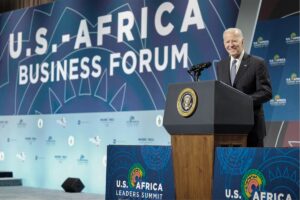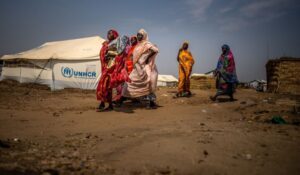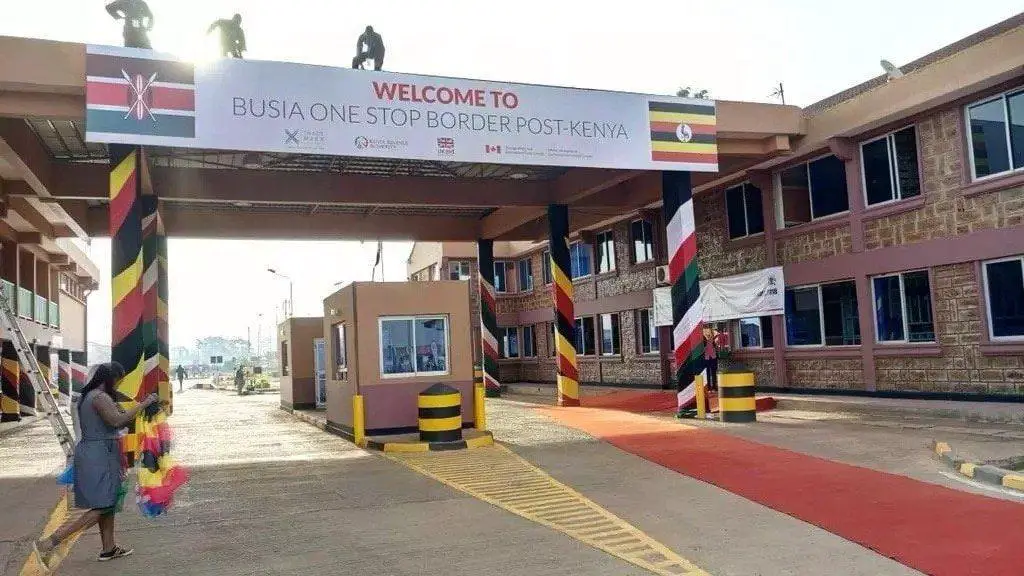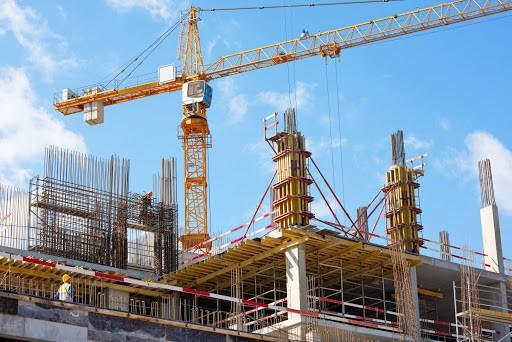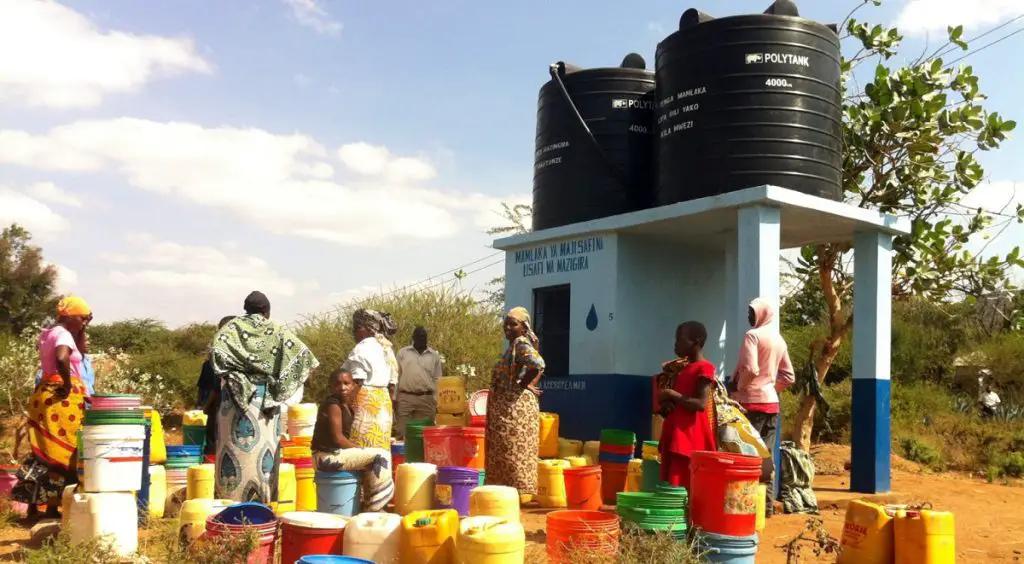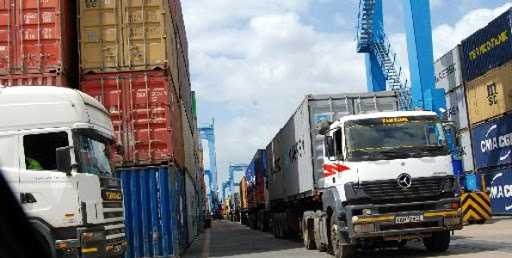- IMF’s Sub-Saharan Africa economic forecast shows 1.2 percent GDP growth
- The US Congress proposes extending Agoa to 2041, covering all African countries
- Millions at risk of famine as fuel tax row halts UN aid operations in South Sudan
- Empowering the Future: Humanity Protocol’s Dream Play Initiative
- TikTok Community Guidelines update aims to curb hate speech and misinformation
- Rwanda sees 39% surge in bank borrowers as Sacco and MFI loan uptake declines
- Kenya Ports Authority wins dispute case over cargo release
- Why Africa can reap billions from digital economy
Browsing: East Africa
There are now more than 100,000 mini-grid stations across Africa, these little power generation stations are serving to bridge Africa’s rural power gap and Tanzania is no exception.
While the country leads Africa in rural electrification efforts, there is still huge gap between demand and supply and the solution to cover it lays in mini-grids, small power stations that generate power at localized remote points.
To date, Tanzania has well over 100 mini-grids that provide electrical power to over 250,000 people in remote corners of the country. These mini-grids provide close to 200 MW using biomass, fossil fuel and solar systems as well as hybrids of these energy sources.
Tanzania’s national policies also support adoption of renewable energy technologies. Off-grid electrification using renewable energy technologies can offer a power solution to rural and remote areas. These efforts are inline with the global Sustainable Development Goals.
SDG number 7 calls for …
More than ever before, Tanzania and the rest of Africa need to employ rain harvesting technology. Global climate changing is drastically affecting weather patterns, rains are heavier or missing completely, droughts in otherwise tropical areas, cyclones and tornadoes ravaging through coastlines. Weather is now less predictable than ever before.
For both economic and social reasons, Tanzania needs to make the best of the rains when they come, Tanzania needs to harvest rain water.
While at national or even city levels, there are some sophisticated equations involved in rain harvesting, like building reservoirs and purification sites, but all in all, the science of rain harvesting technology is not all that complicated at all. It’s a simple three step investment, collect, store and purify.
Since economies rely on water for production and households depend on clean and safe water for daily survivor, harvesting rain water should not even be optional, it should …
When President Uhuru Kenyatta stepped out on his Harambee house offices to announce the measures to curb the spread of Novel Coronavirus, no one knew the effect it would have on the East African citizens. In his announcement, the President gave an allowance of 48 hours for non-Kenyans to arrive and be quarantined after which none will be allowed.
While the rules of engagement for a trade block like East African Community has been to allow the free movement of people, goods, and services, Coronavirus has stepped to challenge this notion, with most countries viciously guarding their borders against foreign entry.
In regional bodies like the European Union, the movement of people and goods across the region is becoming more difficult with border chaos being witnessed in countries traditionally with the easiest border crossing exercises.
In East Africa, crossing the boundary is even harder. After Kenya announced the crossing of …
In 2017, 11 of the 43 major infrastructure projects in East Africa were in Kenya and while these numbers may have shifted, the dynamics have not changed much for the region.
For the past 20 years, East Africa has experienced an unprecedented real estate boom which has transformed the skylines changing the building landscape and inventory.
While the demand continues, especially for affordable housing targeting the low-income bracket, the shopping malls and office spaces are outpacing demand leading to declining returns in the sector for some.
The East African region still has a high and unmet demand for warehouses, hotels and student hostels as more and more students continue seeking education far from home.
Read: Intra-regional trade could create 2 million new jobs for East Africa
Over the course of time, construction has primarily focused on high-end assets due to the belief that they delivered higher margins and higher returns …
The East African region has a combined GDP of US$ 880 billion and a population of 437 million.
Despite this attractive combination, the economies of East Africa are still highly fragmented with low intra-regional trade and investment levels. To make matters worse, the trade and investment have been declining.
The region’s biggest economies of Kenya and Ethiopia have an annual bilateral trade worth less than US$ 100 million since they barely trade with each other.
While these two economise paint a rough picture of the trade imbalances in the region, trading within the East African Community (EAC) is higher with exports peaking in 2013 at US$ 3.5 billion. Again, unfortunately, by 2017 the exports volumes had declined with earnings reducing by 31 per cent to just US$ 2.4 billion.
The lack of trade integration poses a serious impediment to the future development of the region despite the fact that the …
The East Africa 15 (EA15) highlights on 15 of the most traded and highly capitalized stocks in the region on a monthly basis. The primary purpose of the EA15 is to give investors a description and perspective of the regional stock markets’ performance.
Kenya: Nairobi Securities Exchange (NSE)
The monetary policy committee reviewed the Central Bank Rate downward to 8.25% extending the loose monetary stance. The decision was on the back of a stable shilling, inflation remaining within target and improving private sector credit growth- which expanded by 7.1% in the year to December.
Adequate CBK foreign exchange reserve has helped the Kenya shilling to weather short-term shocks against major world currencies. To the US dollar, the shilling averaged lower by 0.74% to Kes100.6 compared to last month with highs of Kes100.4 recorded.
Liquidity improved month-on-month as interbank averaged at 4.4% compared to 4.9%. Short-term debt rates were relatively stable …
In a jammed conference room in a Nairobi hotel in early 2019, a panel of rights activists poked holes at the Kenyan oil exploration and mining activities in Turkana. Blow by blow, the team illustrated how Kenya stands to lose if radical measures are not put into place to ensure the resource benefits the country.
The Kenya Oil and Gas working group called for an audit of the contracts of oil mining to ensure they follow international standards. Charles Wanguhu, a social activist coordinator of the Kenya Civil Society Platform on Oil and Gas, said in international practice, if a company prospects and fails to find oil, it meets its costs.
However, if it finds oil, the country pays for the expenses. Therefore, Wanguhunotes that in the case of Kenya, the need for audit will ensure that the costs which Kenyans will pay for do not include those wells that …
The East African region is counting the cost with more than 35 million people more are at risk due to the locust invasion…
Communities without a reliable clean water supply are set to benefit from a project that will utilise solar technology to desalinate water.
This follows the launch, by four companies, of East Africa’s biggest decentralized water desalination project which is estimated to cost Ksh 435 million (4 million Euros) has been led.
The four companies German energy Solutions Company Boreal Light GmbH (G) and Atmosfaire gGmbH (G) have partnered with local companies WaterKiosk® Ltd (K) and Bilal Sustainable Development Programme to construct 40 solar water desalination systems in 10 counties in Kenya and three cities in Tanzania- Arusha, Tanga, and Dodoma.
This partnership is aimed at providing water for communities suffering from endemic water shortage in the target areas.
The desalination systems will deliver a total of one million litres of clean drinking water per day. They will be installed in Wajir, Mombasa, Naivasha, Garissa, Turkana, Machakos, Makueni, Kajiado, Marsabit, Narok, …
From July, Importers in East Africa will operate under a common Customs bond, which guarantees uniform import duties and taxes across all partner states.
Currently, due to the application of different duty rates, valuation and sensitivity of goods, the value of Customs bonds varies from country to country.
In Kenya, importers of transit goods are required to secure a Customs bond issued by an insurance company, while sensitive or delicate cargo requires a bank or cash guarantee. In Rwanda and Uganda, an insurance company the issues custom bond with rates based on the taxes charged by the destination country.
The common Customs bond will reduce the cost of doing business and goods turnaround time, according to the East Africa Community Single Custom Territory Monitoring and Evaluation Committee.
During the Council of Ministers in July, this common Customs bond is expected to be adopted as part of the pillar to create …
